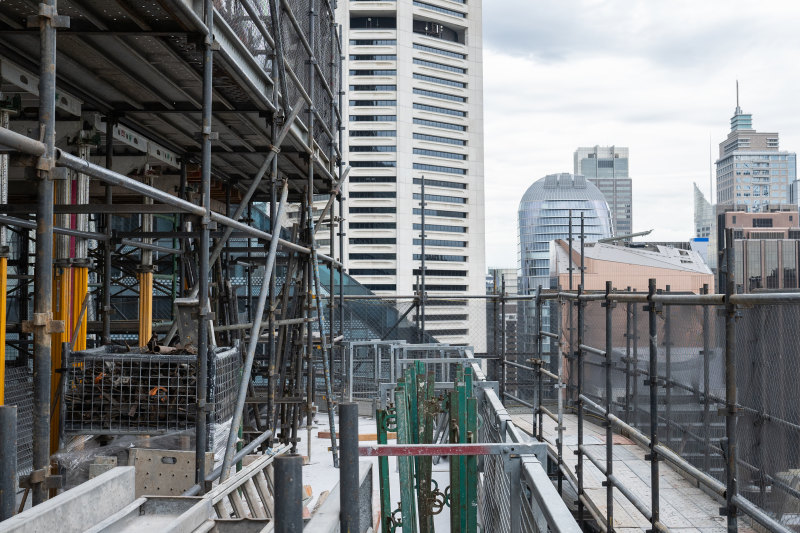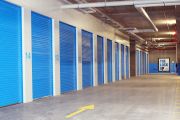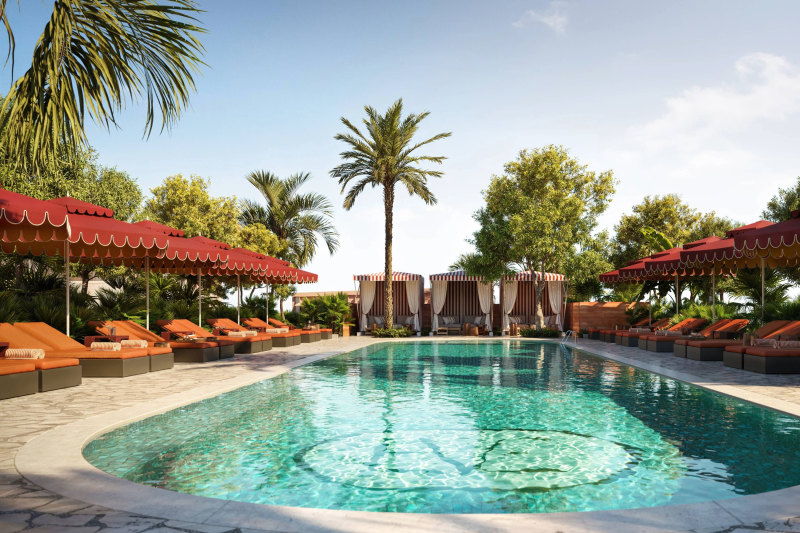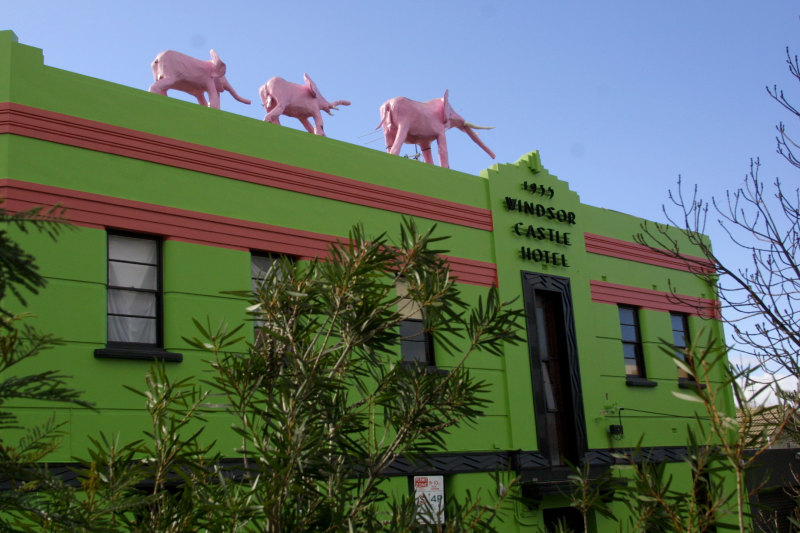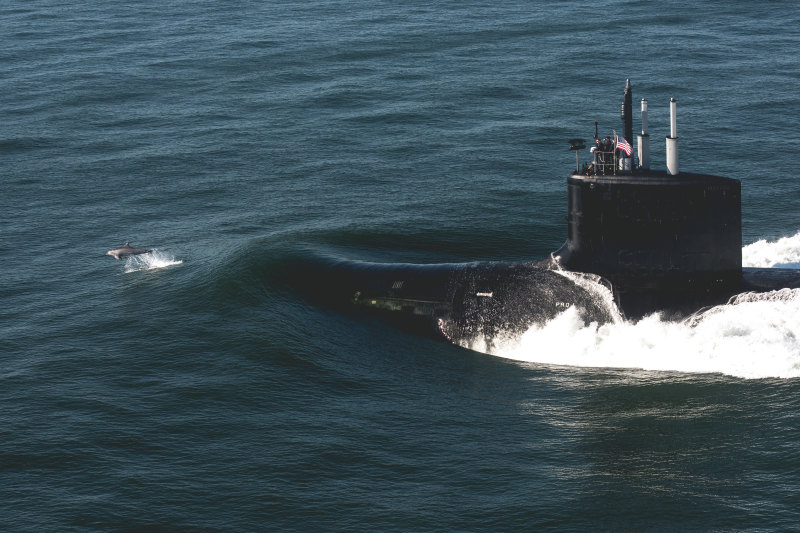
AUKUS subs project to drive $40b logistics, housing boom: report
Between $35 billion and $40 billion of warehouses, apartments, offices, shops and hotels will be needed around Port Adelaide and south-west Perth over the coming years to support the construction and operation of the AUKUS nuclear submarines, according to analysis by CBRE.
The commercial real estate firm is forecasting about 1 million square metres of warehouses will be required as part of the infrastructure to support the enormous defence project.

The project initially will be centred on the Osborne Naval Shipyard near Port Adelaide during the submarine construction phase. It will move to the HMAS Stirling naval base on Garden Island, just south of Fremantle, when the vessels are operational.
In addition to offices, shops, hotels and childcare, almost 24,500 residential units would be required to be built nearby over the following six years to provide housing for the thousands of workers and their families who will descend on the two bases to build, operate and maintain the submarines, CBRE said.
The bases will be close to big population centres – unlike similar facilities in Europe and the United States – and CBRE’s Pacific head of research, Sameer Chopra, likened their impact on local real estate and infrastructure demand to that of the Brisbane Olympics and Sydney Metro.
“It’s going to be a cracker,” Mr Chopra told The Australian Financial Review.
According to CBRE’s Unearthing Real Estate Opportunities from AUKUS report, construction of nuclear submarines at Osborne Naval Shipyard is expected to create demand for an additional 850,000 square metres of logistics space (the equivalent of 10 years of historical supply).
About 40,000 square metres of office space, 13,500 residential units and new childcare centres and hotels in the surrounding precinct will also be needed.
“Manufacturing of this type is very logistics intensive, creating a number of large-scale opportunities to redevelop real estate to support the infrastructure associated with AUKUS,” Mr Chopra said.
Much of the demand for warehouse and office space is likely to come from specialist contractors such as the Australian Submarine Corporation and global aerospace and defence companies such as BAE Systems and General Dynamics.
About 4000 workers are expected to be employed to build the shipyard and a further 5500 people will be employed to construct the submarines, which are due to be delivered to the Royal Australian Navy in the early 2040s.
Beneficiaries of this real estate boom are likely to include Melbourne-based real estate investment house Quintessential, which owns the Port Adelaide Distribution Centre, and private development giant Walker Corp, which is developing the Vicinity Industrial Base 15 minutes’ north of Port Adelaide and the Riverlea residential estate in the north.
“North Adelaide has been on a rapid growth trajectory over the last decade and that boom in housing, business parks and logistics like Vicinity has set up a solid platform to meet the growing demands to come from the AUKUS submarine program,” said Walker managing director and CEO David Gallant.
In addition, Walker’s Riverlea estate would house a lot of the future families working on AUKUS submarines, he said. “We are [also] planning for more logistics parks near Riverlea, just a 20-minute drive to Port Adelaide.”
Quintessential executive chairman Shane Quinn said: “We think the logistics and industrial sector will be the epicentre for growth over the next few years, driven by spending on defence and the mining boom and benefiting areas like Port Adelaide.”
On the west coast, the creation of a new submarine maintenance and operational hub at the HMAS Stirling naval base is expected to create demand for an additional 150,000 square metres of logistics space, 30,00 square metres of office space, 20,000 square metres of retail space and 11,000 residential units, according to CBRE.
The federal government has committed $8 billion over the next decade to expand HMAS Stirling, creating about 3000 jobs. About 500 people will be directly employed during the long-term operational phase.
“Ideally, new apartment construction is within easy commute of these emerging large-scale employment destinations. This should also be supportive of residential values in proximity suburbs,” Mr Chopra said.


